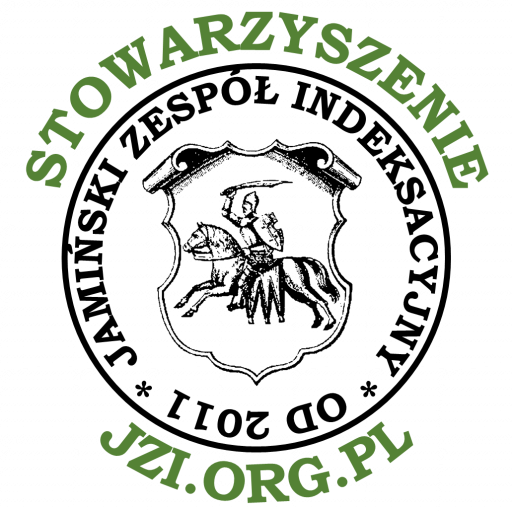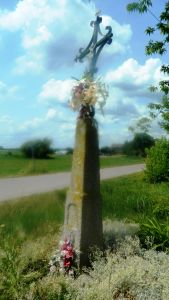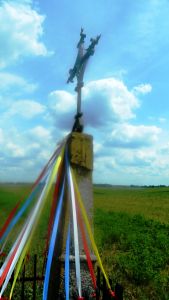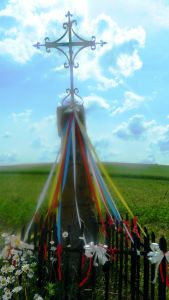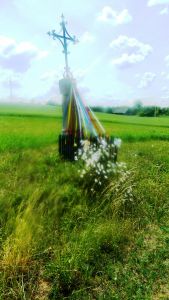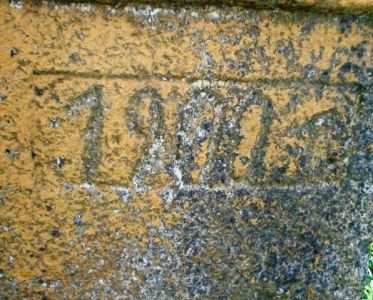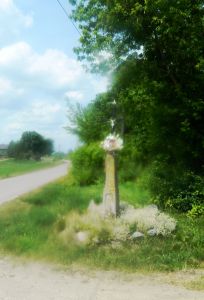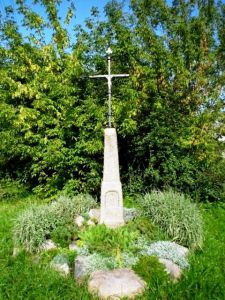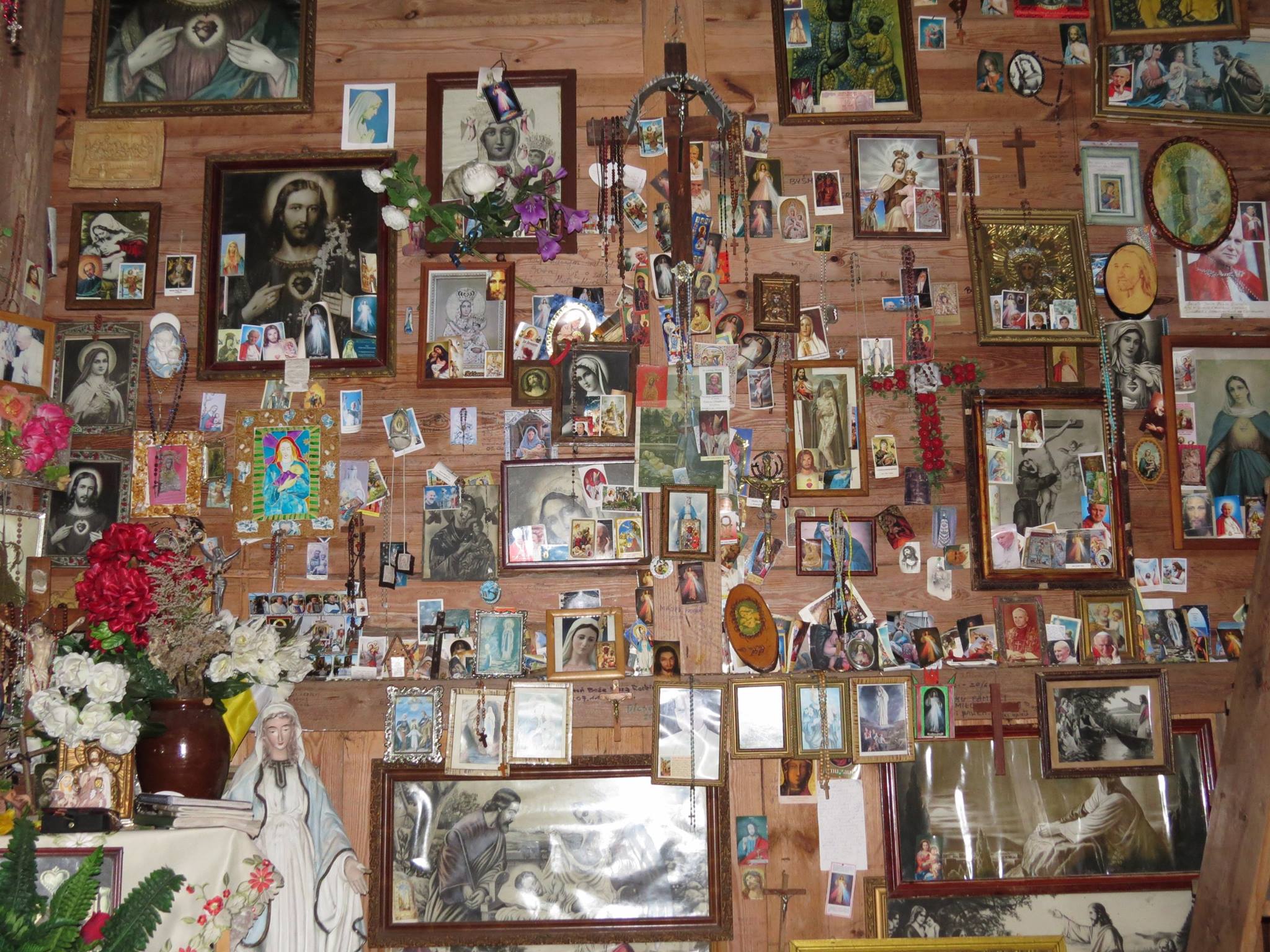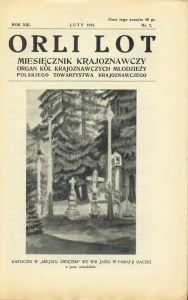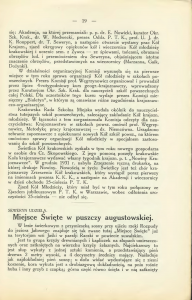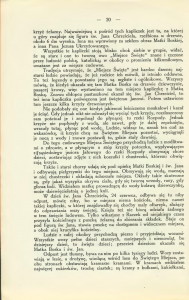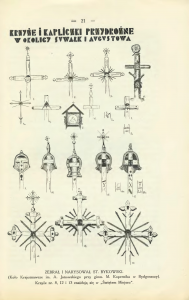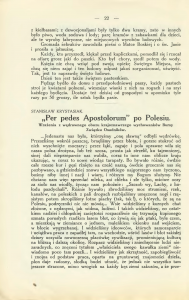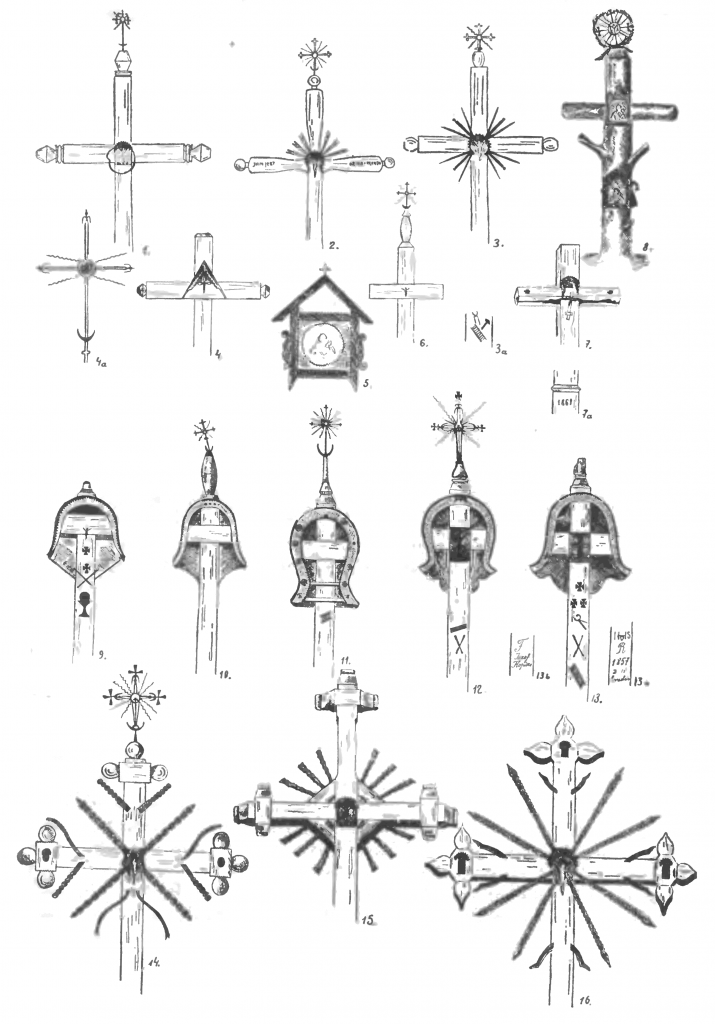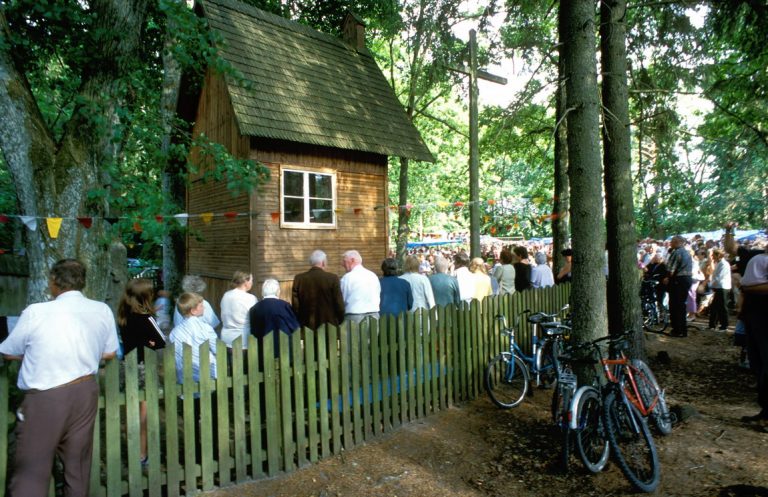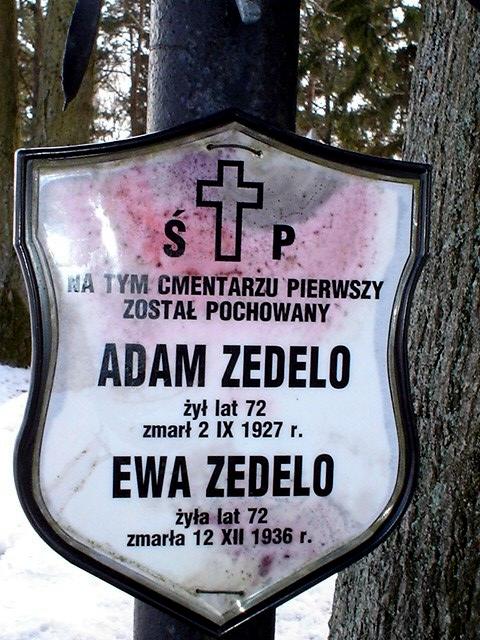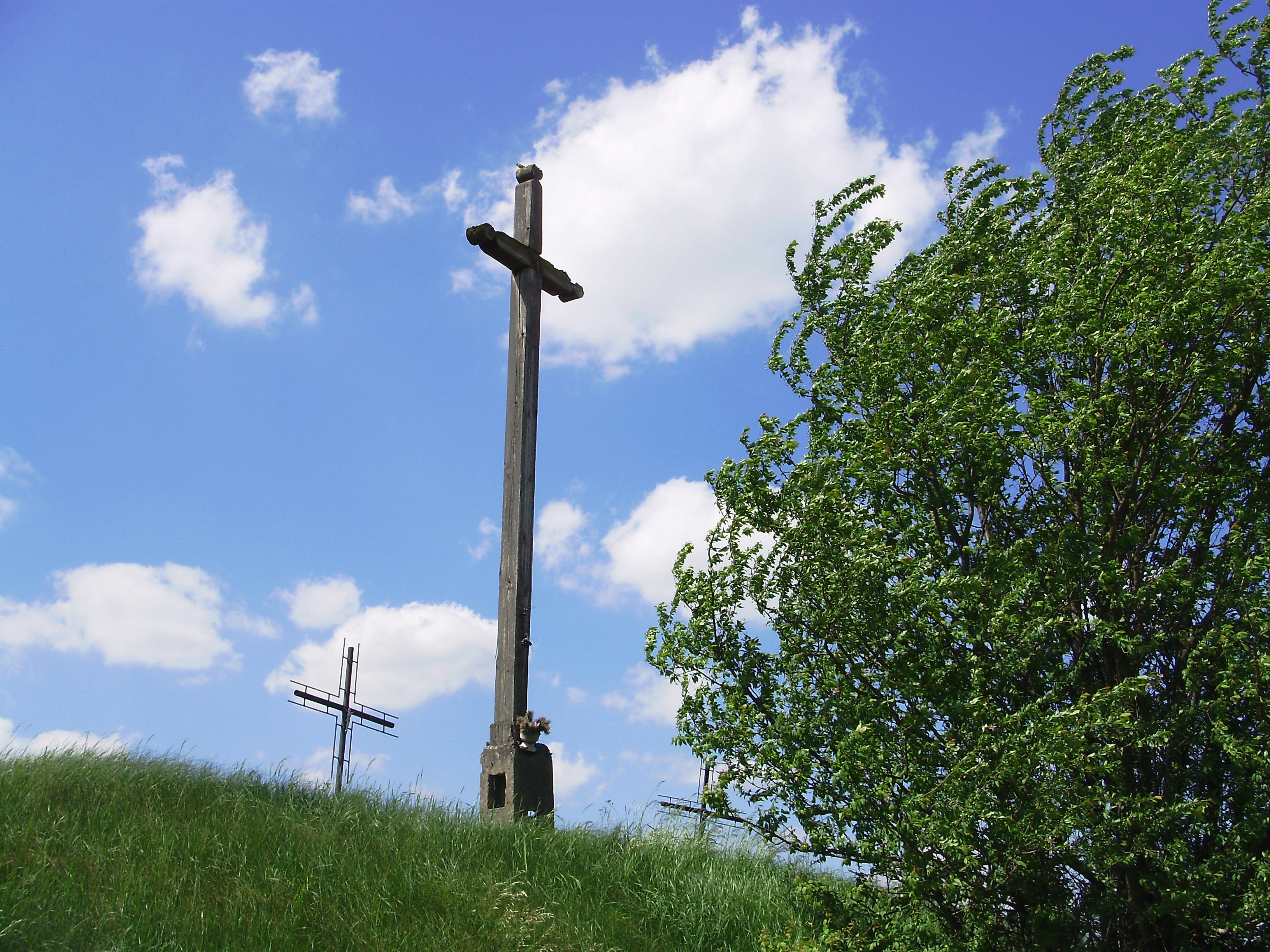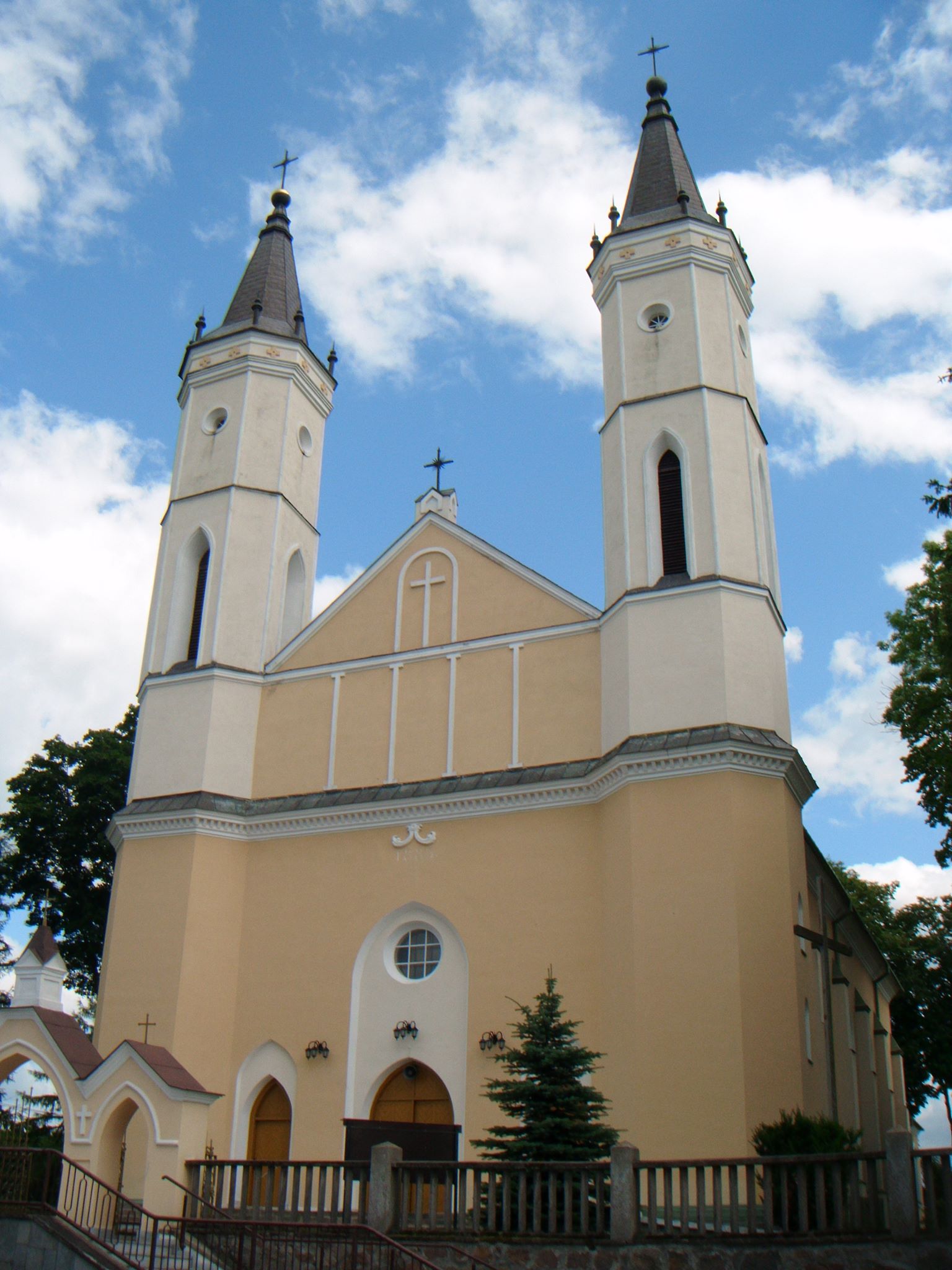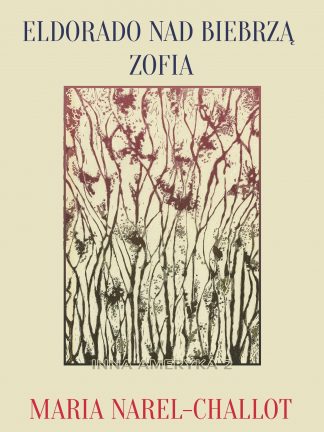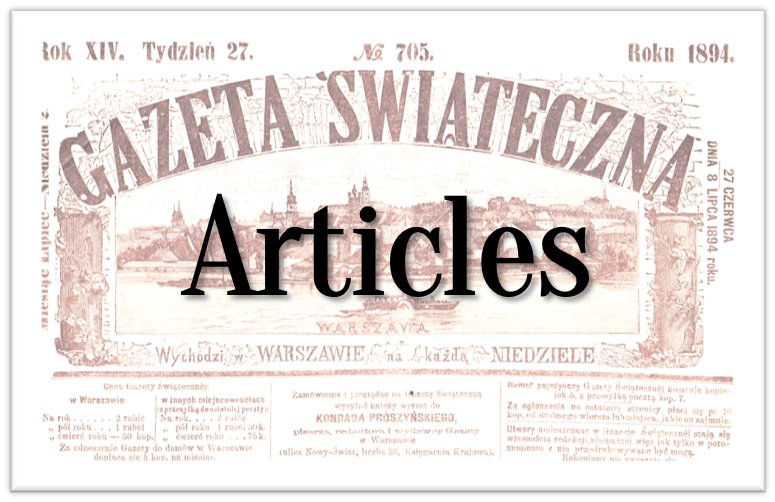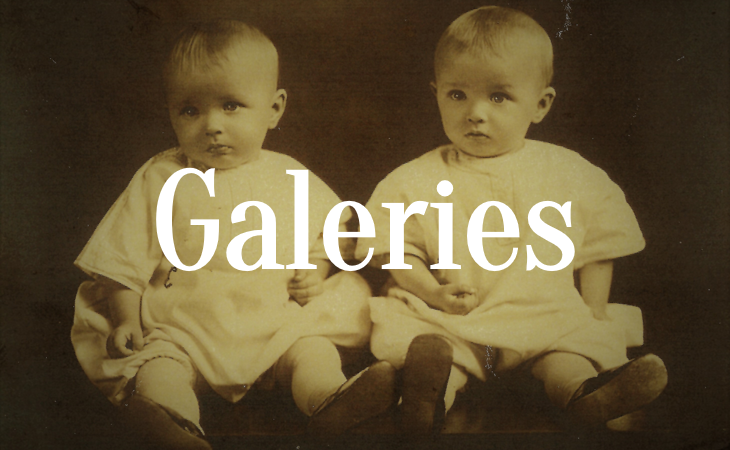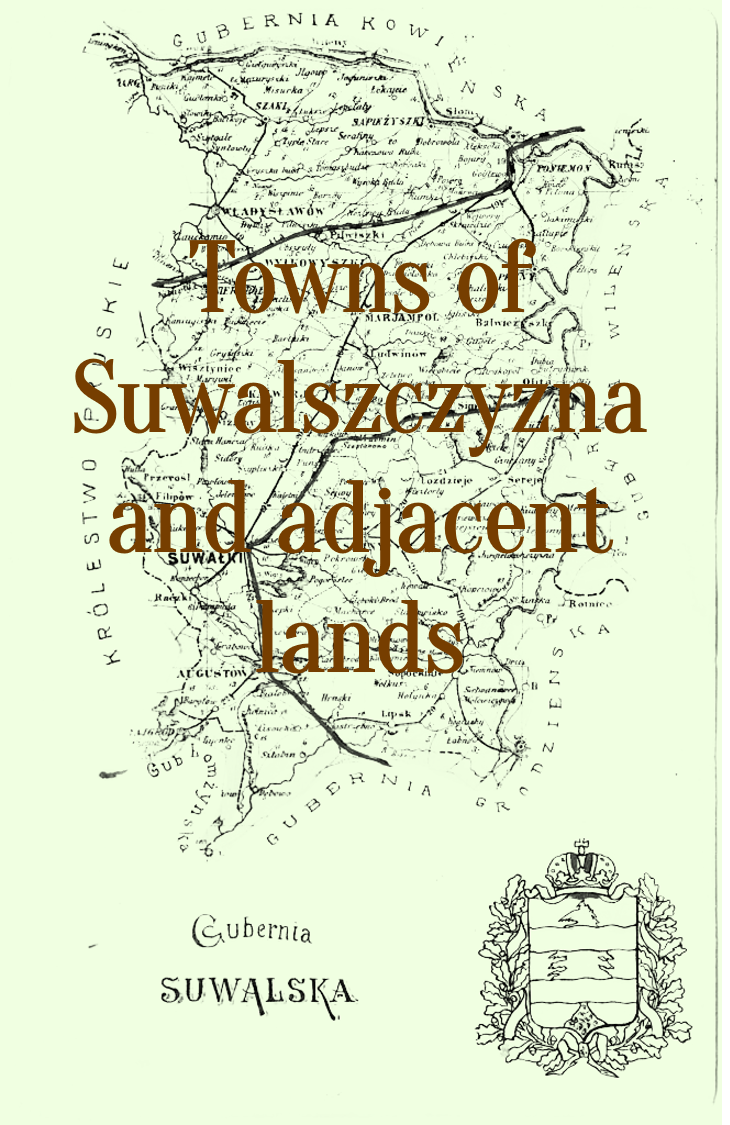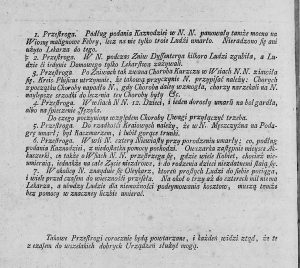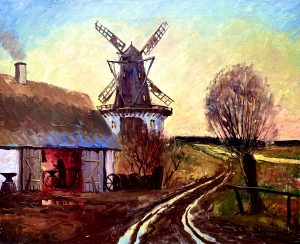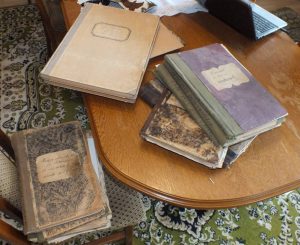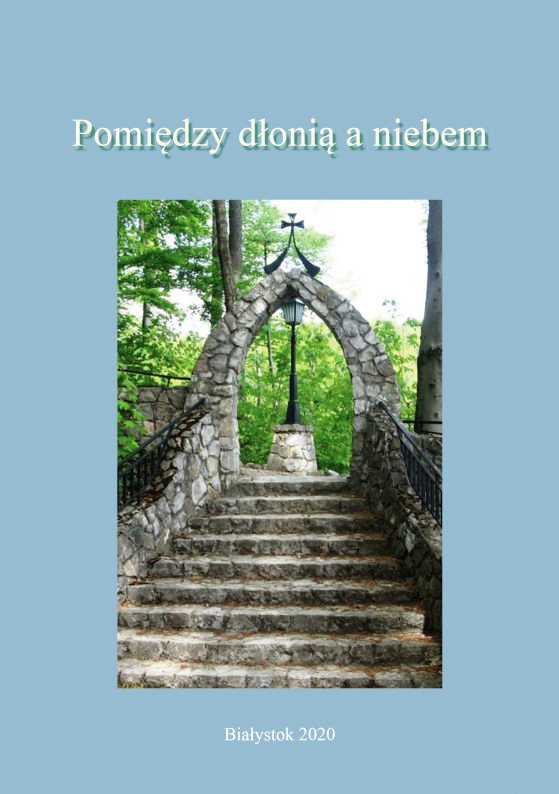
W kilku zdaniach chciałabym przedstawić antologię wierszy zatytułowaną „Pomiędzy dłonią a niebemˮ. Jest ona wyrazem hołdu dla Niezwykłego Człowieka, jakim był Jan Paweł II. Inicjatywa jej powstania zrodziła się w środowisku poetów skupionych w Nauczycielskim Klubie Literackim działającym przy Zarządzie Okręgu Podlaskiego Związku Nauczycielstwa Polskiego. Pomysłodawczyniami, a zarazem redaktorami tego wyjątkowego tomu są białostockie poetki Regina Kantarska-Koper i Joanna Pisarska. W tytule mojego tekstu przywołałam myśl autora wstępu do antologii o. Bartłomieja Józefa Kucharskiego. Zwrócił on szczególną uwagę na łagodność słów w zawartych w niej wierszach i kojący ich charakter. Tego właśnie, według niego, potrzebuje hałaśliwy i pełen zamętu świat, w którym przyszło nam żyć.
Kilka poetek: Krystyna Gudel, Regina Kantarska-Koper, Leonarda Szubzda i Józefa Drozdowska współpracuje wydawniczo z Jamińskim Zespołem Indeksacyjnym, stąd moja propozycja zaprezentowania antologii w tym miejscu. Mam nadzieję, że tą publikacją zainteresują się miejscowi bibliotekarze i sympatycy naszego Stowarzyszenia. Autorami wierszy są: Halina Alfreda Auron, Grażyna Cylwik, Anna Czartoszewska, Marek Dobrowolski, Józefa Drozdowska, Tadeusz Dudek, Jolanta Maria Dzienis, Katarzyna Grabowska, Krystyna Gudel, Janina Jakoniuk, Regina Kantarska-Koper, Urszula Krajewska-Szeligowska, Beata Kulaga, Barbara Lachowicz, Edward Lipiński, Grzegorz Nazaruk, Joanna Pisarska, Daniela Polasik, Maria Roszkowska, Agnieszka Ruczaj, Irena Słomińska, Ewa Danuta Stupkiewicz, Leonarda Szubzda i Regina Świtoń. Zgrupowane są w jedenastu ciekawie nazwanych rozdziałach. Opowiadają o wewnętrznych zmaganiach człowieka, doświadczeniu krzyża i miłości Maryi. Są poetyckim odczytaniem przesłania Ewangelii, słowami modlitw, opowieścią o spotkaniu z Bogiem oraz człowiekiem, przedstawiają świętych patronów, opowiadają o napotkanych kapliczkach i widzianych religijnych obrazach, dotykają spraw doczesnych i ostatecznych. Ostatni z rozdziałów zatytułowany „Papież z Wadowicˮ poświęcony jest osobie i świętości Jana Pawła II. Poprzedza go portret Świętego Papieża, nakreślony ręką młodej artystki (prywatnie wnuczki jednej z redaktorek antologii) Julii Magdaleny Koper. Tom liczy 206 stron, oprawiony jest w twardą okładkę ozdobioną ciekawą fotografią autorstwa Joanny Pisarskiej, symbolizującą, według mnie, furtkę prowadzącą zarówno do serca drugiego człowieka jak i do nieba. Obie, co głosił i potwierdzał własnym życiem Patron tejże antologii, są konieczne każdemu z nas do owocnego istnienia tu na ziemi i przyszłego zbawienia.
Poniżej dwa wiersze (Krystyny Gudel i mój) związane tematycznie z obszarem zainteresowania Jamińskiego Zespołu Indeksacyjnego. Mój dyptyk jest dedykowany Barbarze Salwockiej, współpracującej na polu wydawniczym z JZI. Dodaję swoje zdjęcie krzyży z Wólki Karwowskiej.
Józefa Drozdowska
Dyptyk o krzyżach z Wólki Karwowskiej
Barbarze Salwockiej
Krzyż na początku wsi / Idąc od strony Pruski
Gdy słońce staje w zenicie, rzucasz cień swój na drogę,
zachęcając, bym uklękła na Anioł Pański i spotulniała nieco.
Twój kamienny postument z początku poprzedniego wieku,
żłobiony kroplami deszczu wypraszanego w procesjach,
smagany wiatrem przeganiającym burze stulecia,
daje mi poczucie trwania. Twoje ramiona w obłokach
i tęczy ze wstążek, a u podnóża rumiany polne
bieleją niczym dziewczęca sukienka od Pierwszej Komunii Świętej.
Wchodząc do wsi, odkrywam gościnność Słowa
wypowiadanego z ciebie i w Nim się zakorzeniam.
Krzyż na rozdrożu / Idąc w stronę cmentarza lub Bułkowizny
Gdy się zmierzcha wokół, jaśniejesz przede mną,
bym nie straciła z oczu drogi. Dziękuję za dłonie
nieznanego mi kamieniarza, bowiem kształt,
będący znakiem miłosierdzia, zachwyca wędrowców
od wieku wdziękiem i swą proporcją. Po drodze mijam
skruszałe schody kościoła spalonego podczas wojny,
na których modlą się przed nocą dzikie wino, kminek
i wiechlina. Na widok ten pokornieję i już mniej boli to,
że żegnasz mnie jak tych, których odprowadzają
do ciebie w ostatniej drodze na cmentarz.
Wychodząc ze wsi, niosę innym gościnność Słowa
rozpiętego na twoich ramionach i w Nim dojrzewam…
Krystyna Gudel
List do błogosławionej
matki Marianny z Lipska nad Biebrzą
Jak Ci tam, matko Marianno,
u dobrego Pana?
Czy nie masz zbyt dużo zajęć
od samego rana, wszak pełno sierot
na niebiańskich łąkach i niejedna matka
z bagażem win się błąka?
Czy pamiętasz chwilę,
kiedy bez wahania stanęłaś za synową
wśród tych do rozstrzelania?
U nas, jak wiesz zapewne,
bardzo różnie bywa. Raz strajk biały,
raz czarny na powierzchnię wypływa.
Ty, teściowych patronko,
miej na nas baczenie, abyśmy mogły
osiągnąć wieczyste zbawienie.
Bo to nie takie proste, gdyż zagrożeń
tyle czyha na każdym kroku.
Pomóż, matko Marianno,
mieć w życiu takie chwile, by tylko
łza szczęścia drżała w naszym oku.
A gdy ziemska wędrówka
będzie ukończona, wyjdź na spotkanie,
matko Marianno, błogosławiona.
